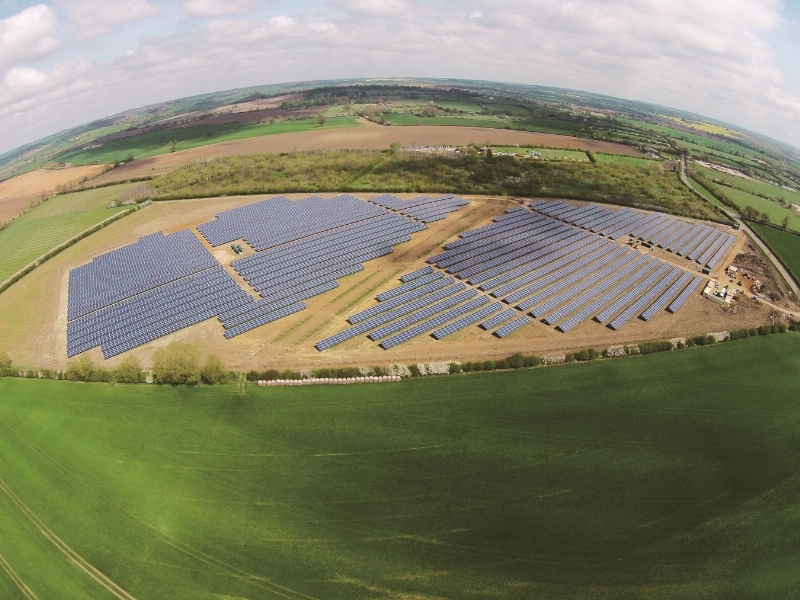
The world is witnessing “the birth of a new era” in solar power, with the technology growing faster than any other fuel in 2016, the International Energy Agency said.
The amount of new solar photovoltaics (PV) outstripped the net increase in coal power in 2016, the latest renewables market analysis and forecast report from the agency said.
Overall, renewables – mostly wind and solar – accounted for almost two-thirds of new power installed around the world in 2016.
By 2022, the amount of solar that has been installed globally will exceed the combined total electricity capacity of India and Japan today.
And the amount of electricity generated from renewables is expected to grow by more than a third in five years, up to 8,000 terawatt hours in 2022, the equivalent to the total power consumption of China, India and Germany combined.
Renewables will account for 30% of power generation by that time, up from 24% in 2016, the IEA’s report said.
Although coal will globally still be the largest source of electricity in 2022, renewables will have halved the gap in just five years and will eventually become the biggest power source worldwide, the study said.
Dr Fatih Birol, executive director of the IEA, said: “We see renewables growing by about 1,000 gigawatts by 2022, which equals about half of the current global capacity in coal power, which took 80 years to build.
“What we are witnessing is the birth of a new era in solar PV.
“We expect that solar PV capacity growth will be higher than any other renewable technology through 2022.”
The IEA has raised its forecast for renewables compared with last year, largely as a result of more solar in China and India, with China already exceeding its 2020 target for new solar power.
Prices for wind and solar power fell last year to record lows in countries including India, the United Arab Emirates, Mexico and Chile, making the technologies increasingly comparable with or cheaper than energy from new gas or coal power stations.
The report said the next chapter in the rise of renewables required more work to integrate new technologies into energy systems and increase their application in buildings, industry and transport.
